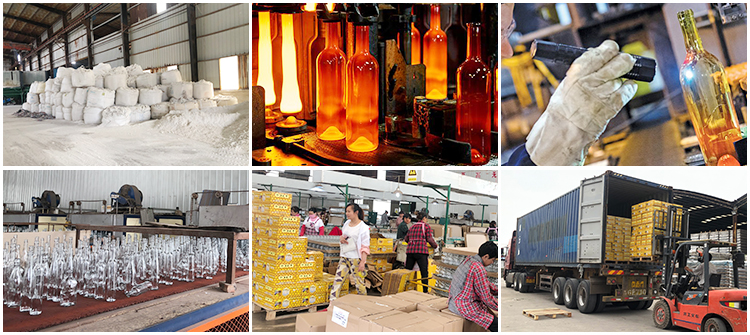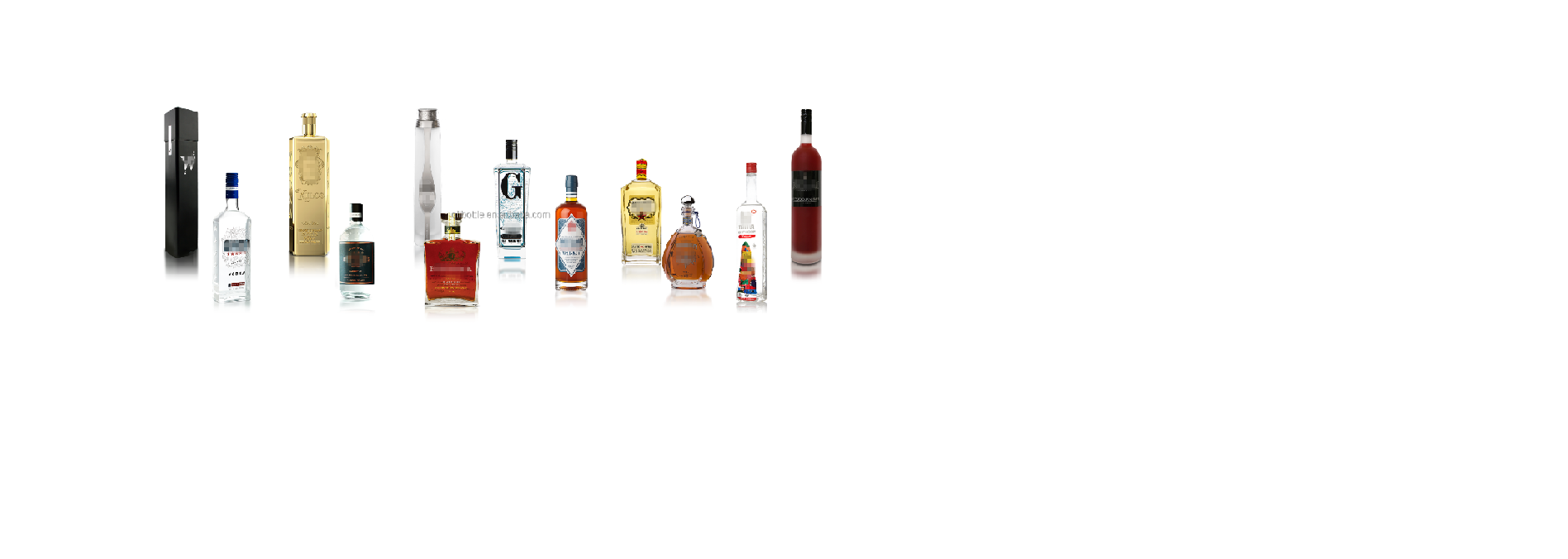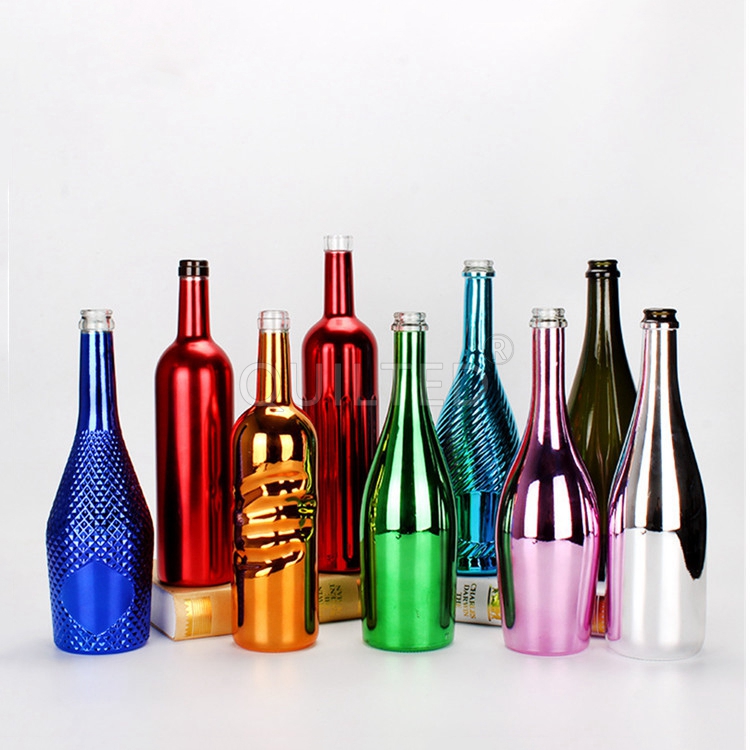The global wine bottle industry, valued at $4.2 billion in 2023, thrives on a delicate balance of cost efficiency, resource access, and geopolitical trade patterns. As developed nations increasingly source glass packaging from developing economies like China—where production costs are 35% lower than in Europe—QLT Glass exemplifies how strategic innovation and policy alignment can turn challenges into opportunities. This analysis explores China’s evolving role in the sector and actionable strategies for sustainable growth.
1. China’s Competitive Advantages in Wine Bottle Production
A. Cost-Efficiency Drivers
- Abundant Mineral Resources: Access to 60% of global quartz sand reserves
- Labor Cost Savings: 50% lower wages vs. EU/US counterparts
- Government Incentives: 13% average export tax rebates for glass products
B. Environmental Realities
While developed nations face strict emissions regulations (e.g., EU’s CBAM carbon tariffs), China’s phased policies allow gradual adaptation. QLT Glass bridges this gap with:
- Gas-Oxy Hybrid Furnaces: 30% lower CO₂ emissions
- Closed-Loop Recycling: 40% recycled cullet usage
2. Post-2012 Market Shifts & Challenges
A. Global Economic Pressures
- EU Debt Crisis: 12% drop in wine bottle imports (2012–2015)
- US Tariffs: 25% levy on Chinese glassware (2018–2021)
- Emerging Markets: Africa/SE Asia demand grows at 8% CAGR
B. Domestic Bottlenecks
1. Inventory Glut: 20% overcapacity in Shandong/Guangdong hubs
2. Design Rigidity: 70% of manufacturers lack modular mold systems
3. Margin Squeeze: Energy costs rose 18% post-coal reforms
3. Strategic Adaptation: 5 Pathways for Chinese Manufacturers
A. Diversified Export Channels
| Market | Strategy | QLT Case Study |
|–|-|-|
| EU | CBAM-compliant low-carbon lines | Achieved 28% lower CO₂/kg vs. EU benchmarks |
| US | DDP shipping + bonded warehousing | Reduced tariffs by 15% |
| ASEAN | Localized lightweight designs | 200ml “Monsoon Series” boosted sales by 40% |
B. Agile Production Systems
- Digital Twin Tech: 3D simulation cuts mold development time by 50%
- Modular Molds: 72-hour design swaps for seasonal collections
C. Premiumization & Innovation
- Smart Bottles: NFC tags for anti-counterfeiting
- Eco-Luxury Lines: 100% recycled “Green Vintage” collection
D. Policy Alignment
- Leverage RCEP tariffs (0–5% for ASEAN exports)
- Utilize Belt & Road logistics corridors
E. Circular Economy Integration
- Bottle Buyback Programs: 12% cost savings for EU wineries
- Upcycling Partnerships: Collaborate with artisans for decor products
4. QLT Glass’ Adaptive Framework
A. Tech-Driven Flexibility
- AI Demand Forecasting: 95% inventory accuracy
- Robotic Palletizing: 30% faster order fulfillment
B. Sustainability Leadership
| Initiative | Impact |
|–||
| Solar-Powered Annealing | 25% energy cost reduction |
| Zero-Waste Cutting | 98% raw material utilization |
C. Global Certifications
- ISO 14001 (Environmental Management)
- BRCGS Packaging AA Grade
5. Future Outlook & Opportunities
- Africa’s Wine Boom: 15% annual growth in SA/Nigeria markets
- E-Commerce Packaging: Shock-resistant designs for D2C brands
- Hydrogen Furnaces: Pilot projects aiming for 50% emissions cut by 2030
Call to Action
Partner with QLT Glass for Agile, Sustainable Solutions
✅ Free Export Strategy Consultation
✅ Custom CBAM-Compliant Prototypes
✅ Tax Optimization Advisory
Post time: Mar-15-2025


